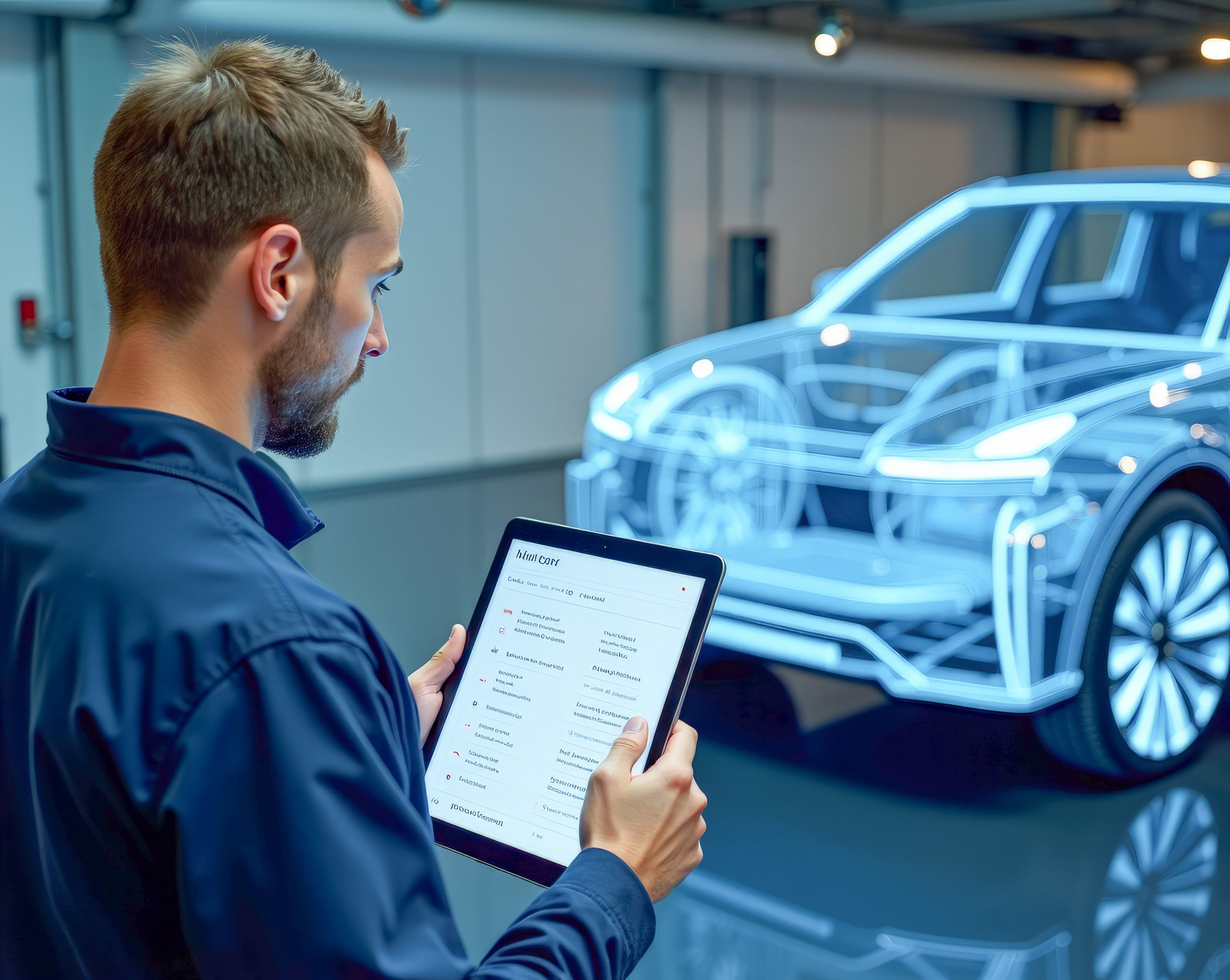In a world where technology is increasingly enhancing – or even taking over – previously manual tasks, virtual vehicle inspections are becoming more common. They offer many advantages, not least in terms of time and logistics. If a vehicle can be inspected via remote technology, the owner and inspector do not have to arrange to be at the same place at the same time. This opens up the possibilities of being able to inspect vehicles from anywhere in the world, which also saves on time and fuel.
How do virtual vehicle inspections work?
Virtual vehicle inspections use live streaming capabilities to allow the inspector to check over the car via specialist camera or video equipment. It can be used in the aftermath of an accident, for example, for insurance companies to assess damage. The process can also help buyers of used commercial vehicles to check out any vans or trucks that they are interested in, rather than travelling a long way to see them in person. The operator can walk a potential buyer through the vehicle, with superimposed effects such as red dots or lasers to pinpoint the areas being discussed at any time. Still images taken from the inspection can also be saved and forwarded to customers for detailed analysis.
What happens during a virtual vehicle inspection?
Certified virtual vehicle inspectors will arrange a time for them to use live-streaming equipment to show a customer over the vehicle or to carry out their own assessment for, e.g., insurance reasons. The inspection will take in exterior and interior views, as well as underneath the vehicle and under the bonnet to assess the engine. They will look for pre-existing damage, usually comparing it to a list of known faults and imperfections.
Any new signs of damage or faults are also noted and given a fuller inspection. The extent, content and care taken during a virtual vehicle inspection should not differ from a convention in-persons analysis, nor should the advice given to the customer afterwards. The process can also help verify paperwork and support compliance admin, such as confirming service history details and checking MOT and vehicle tax paperwork are present and up-to-date.
Using AI and other innovations
The world of artificial intelligence (AI) is opening up even greater possibilities for remote and virtual connections. In the case of virtual vehicle inspections, AI can enhance the quality of videos and images received and compare them to damage detection heatmaps. The process works particularly well for commercial vehicle fleets, as inspections can be done quicker and more effectively.
AI can help triage vehicles in need of repair and estimate mileage to help spot illegally adjusted milometers in used vehicles for sale. However, AI cannot completely replace human situational awareness or communications. Many customers still prefer to talk to a human inspector, rather than relying on AI chat bots to help them make a purchasing decision.
Why switch to virtual vehicle inspections?
As well as the clear advantages around easier logistics and savings on time no longer needed to arrange in-person inspection visits, there are other benefits to ‘going digital’. Virtual vehicle inspections can be more efficient and produce more accurate results. This is because everything is done electronically, rather than relying on handwritten records and paperwork.
Inspections can be carried out at the optimal time and in the best possible weather and light conditions – rescheduling is easier to do when there is no longer the need for anyone to physically travel. Technicians can use tablets, laptops and smartphones to conduct the inspection, making it easier to move around, store data and take advantage of the latest technology.
What happens after the inspection?
Once a virtual vehicle inspection has been completed, the results will be calculated and a report prepared. This will be shared with the dealership or garage and the customer as required. If the report shows any areas in need of replacement or repair, a plan can then be created to handle the work. Data collected from the virtual vehicle inspection can also be used to inform how future vehicles of a similar age, type and condition can be manged. For example, how extensive any damage is likely to be which areas of the vehicle are most likely to be affected. The data might also show how much damage might cost to repair and how similar second-hand vehicles could be priced up for sale.
admin
Latest posts by admin (see all)
- Virtual Vehicle Inspections: What to Expect - February 10, 2025
- Reaching the Right Drivers: Targeted Online Advertising Strategies for Commercial Vehicles - June 14, 2024
- Hitting the Road in Style and Comfort: Popular Car Models for Minicabs - June 14, 2024





